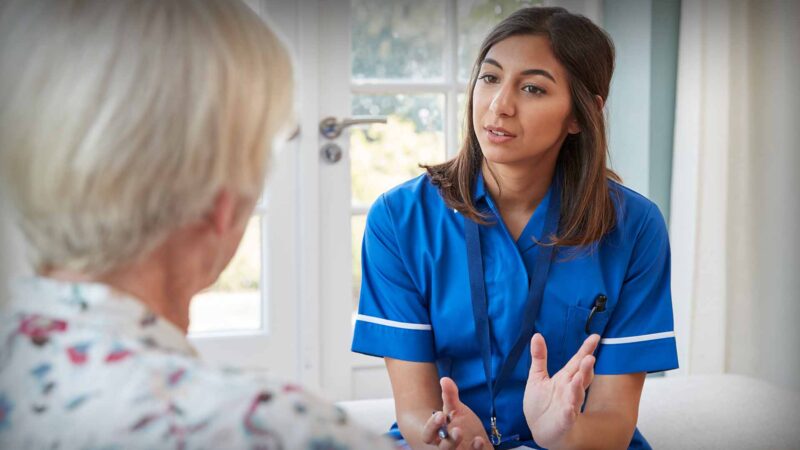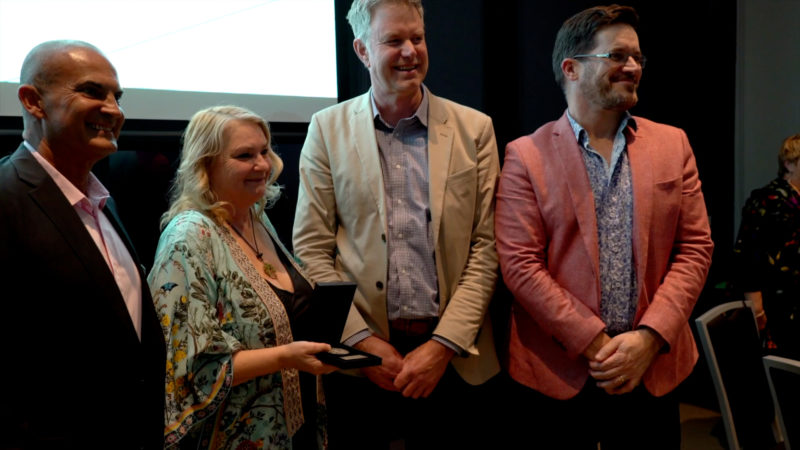Health Career Pathways
How I became an Emergency Physician
with Dr Kim Hansen
Dr Kim Hansen was initially attracted to emergency medicine because of its dynamic and chaotic environment. She enjoyed organising the chaos of the emergency department and working with a variety of patients, from newborn babies to centenarians. Dr Hansen found it fulfilling to help people get better or provide them with assistance and guidance when they couldn’t be cured. The unpredictability of the work was also part of the appeal, and she dedicated herself to developing the skills required to be a good emergency doctor.
To prepare for this role, the Dr Hansen worked in various specialties, including intensive care, paediatrics, anaesthesiology, general medicine, and infectious diseases. She also served as a board member and Chair for the Emergency Medicine Foundation and contributed to the Australasian College for Emergency Medicine in numerous ways, such as advancing women in emergency medicine and promoting patient safety and quality.
Dr Hansen acknowledges that emergency medicine can be a challenging field, as it involves shift work and can be emotionally taxing. However, she remains passionate about what she does to continue to contribute to her department, hospital, and the broader field of emergency medicine. Dr Hansen encourages medical students and junior doctors who enjoy working in a fast-paced, unpredictable environment to consider emergency medicine as a career.
Reflecting on her experience and career pathway, emergency medicine offers a broad range of opportunities, from working in a hospital emergency department to pre-hospital care, retrieval coordination, virtual healthcare, and other specialties such as intensive care, palliative care, or sports medicine. Dr Hansen sees emergency physicians as a cohesive group who support each other and enjoy each other’s company, and the field offers great mobility and work-life balance.
You Might also like
-
Australian Primary Health Care Nurses Association Career Federal Budget General Practice New Content Nursing
A New Era in Primary Health Care Nursing
Coinciding with this year’s International Nurses Day, this week’s Federal Budget has had some significant outcomes for the primary health care, nursing workforce.
The Federal Budget delivered on 9th May 2023, APNA believes will strengthen Australia’s primary health care (PHC) system by addressing growing nursing shortages, seeing more nurses hired where they are needed, and better utilising the largest workforce in PHC of nearly 100,000 nurses to their full potential to reduce the pressure on the health system.
-
Values in Workplace Culture
Professor Sabe Sabesan, is the Clinical Dean of the Townsville Regional Medical Training network incorporating the Townsville Hospital and Health Services and the Townsville Clinical School of the James Cook University and the director of the department of Medical oncology at the Townsville Cancer Centre, Townsville Hospital.
The Professor recently wrote, “Workforce wellness and engagement have become buzzwords in healthcare settings since there is an intimate relationship between staff wellbeing and performance of the healthcare system. Wellness initiatives such as wellness champions and wellness committees have been set up in response to emerging workforce mental health issues. These are largely reactive rather than being proactive in addressing or preventing the root cause of mental health issues.”
-
AHHA Sidney Sax Medal 2019 Awarded to Vicki Wade
AHHA Sidney Sax Medal 2019 awarded to Vicki Wade



